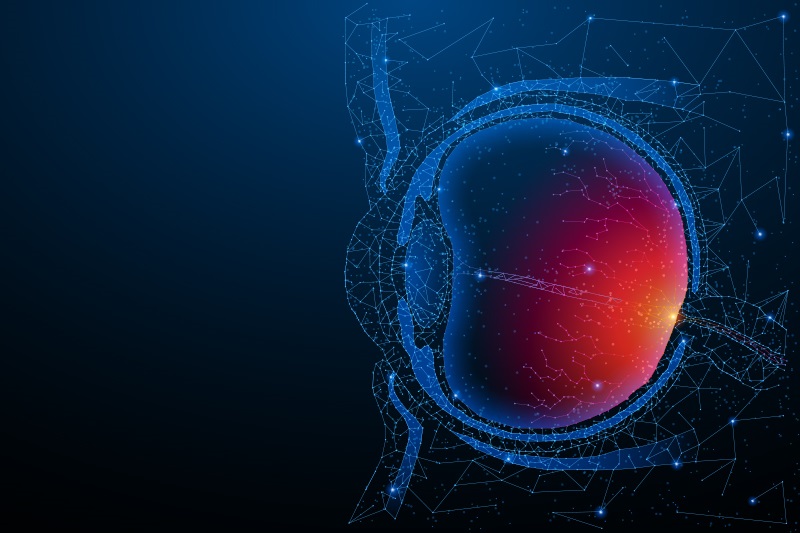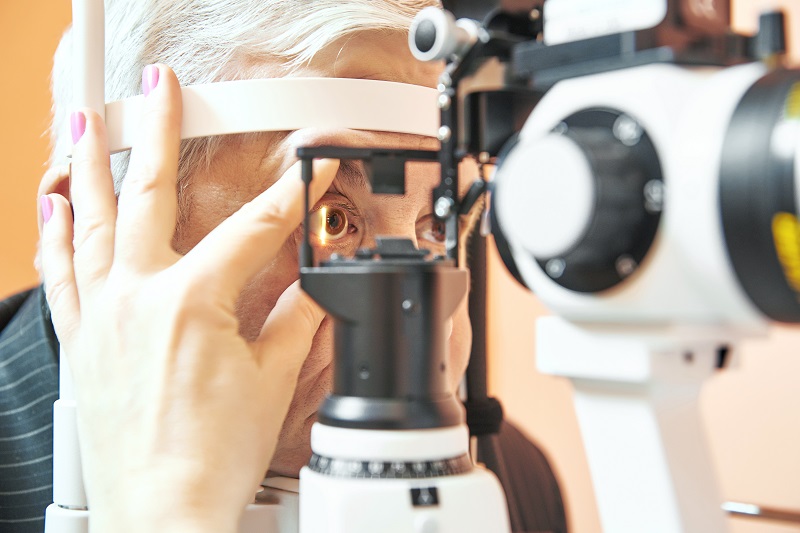
The retina is a layer of tissue that lines the inside of the eye and acts like the film in a camera. When light enters the eye, it is focused by the lens and strikes the retina to create an image. Retinitis Pigmentosa is a rare genetic disorder that causes the cells of the retina – called photoreceptors – to break down. Rods, the cells that help us see in the dark, make up the periphery of the retina and are often the first cells affected in Retinitis Pigmentosa. As a result, people with the disease typically notice a decrease in their ability to see at night as one of their first symptoms. Cones, the cells that occupy the central retina, allow us to perceive fine detail and color. As Retinitis Pigmentosa progresses, the degradation of cones often results in blurred vision and worsening tunnel vision.
Individuals with RP will often manifest symptoms during childhood. Typically, children complain of problems with maneuvering in the dark or adjusting to drastic changes in lighting. They may often appear clumsy as tunnel vision causes them to trip over things that are outside their visual field. To date, there is no cure for RP. Treatment often includes low-vision aids including special lights and magnifying glasses. While only 1 in 4000 individuals are affected by RP, it is important to get regular eye exams for yourself and your children to ensure healthy eyes and lasting vision. If you are an adult in need of an ophthalmic exam, contact Grosinger, Spigelman & Grey in Bloomfield Hills, Michigan for an appointment.

